With your appropriate help and positive attitude, plus an enabling environment, your child will become resilient, capable, confident and self-assured.
In this supportive, loving and caring environment, they will learn in different ways and at different rates to other children. Your appropriate provision, given at an early age, will enable your child to learn effectively and make progress at their own rate of development.

Use the books in short, regular, frequent sessions (until your child’s interest wanes), rather than occasional, lengthy ones. Some of the books could be used as introductions to everyday topics, e.g. food in the kitchen.
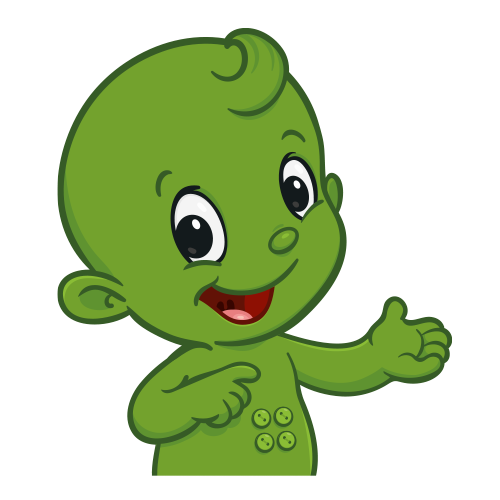
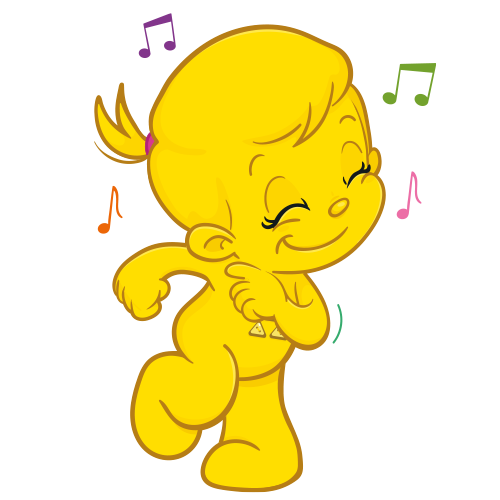
Draw attention to the difference between the numeral and its name, (that is 7 or seven).
From the outset, teach the correct way to hold a tool, (i.e. pencil, crayon, paint brush, scissors - left handed ones if necessary). Teach the correct formation of letters and numbers.
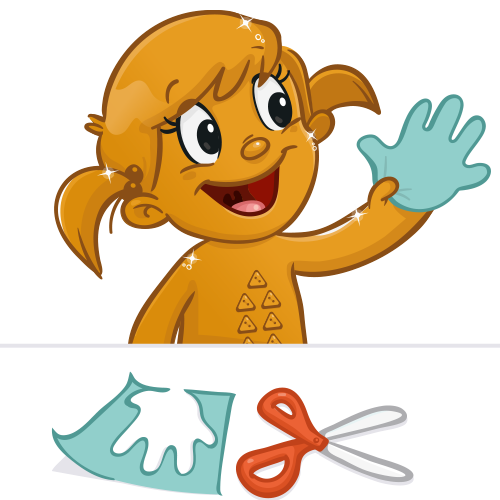
Some suggestions:
*In some activities the phrase Tell a friend or Do this with a friend is used. This activity fosters speaking, listening and collaborative skills.
These activities are intended to help your unique child and you, as you start out together. They provide learning tasks that, along with your adult input, are aimed to be successful and give your child a feeling of self-confidence, so that they can achieve to the best of their ability.
In the EYFS Framework there are 7 areas of learning and development, all important and connected. The Ticker books contain relevant activities and, with your extended input, they offer a creative, enjoyable approach to the early curriculum. The mathematics and reading activities go hand–in-hand in developing your child’s confidence, understanding and skills. They draw upon speaking and listening skills, reading skills, stories and rhymes; improve skills in counting, understanding and using number and provide the ability to calculate simple addition and subtraction problems. They foster the ability to identify shapes, spaces and measures. The content and illustrations in the books give an idea of people and communities, the world and technology. Through the use of a wide range of media, materials and activities in art, music movement, dance, role play and design and technology, your child is able to represent his/her own feelings and thoughts. The books support the important personal, social and emotional area of the curriculum by introducing relevant discussion or ‘Circle Time’ opportunities, to discuss some of the positive and negative emotions that at times, all children experience, e.g. happiness, fear, fun and excitement,
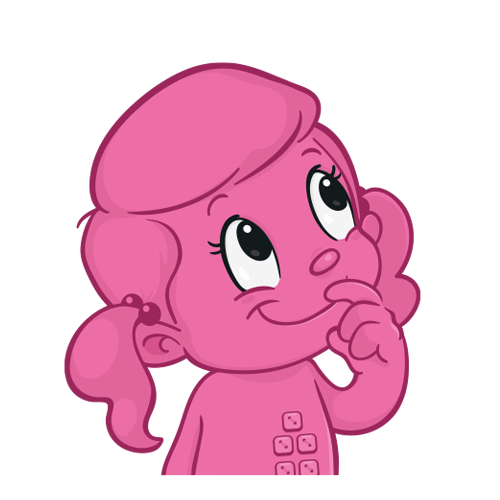


At all times, the reading content will be a mixture of phonics (linking sounds and letters) and sight words that your child will meet in the EYFS curriculum. This approach aims to foster your child’s all-round development and to make the tasks easier to read, understand, undertake and complete successfully. Some tasks in the books will need your timely intervention and help, just as a classroom teacher will give, when supporting specific children.
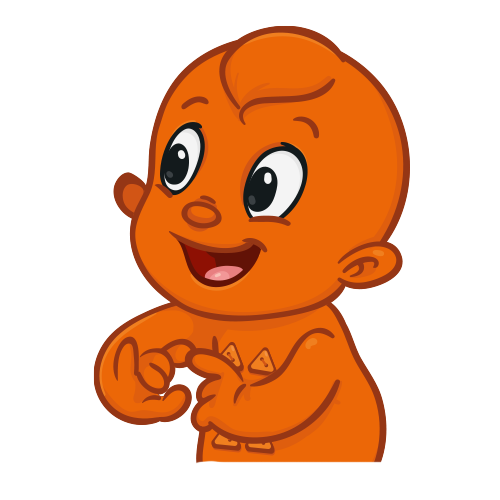
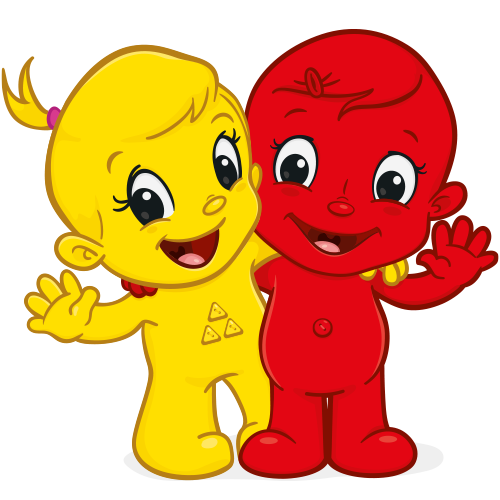
In the EYFS Framework there are 7 areas of learning and development all important and connected.
The 3 prime areas are: communication and language, physical development and personal, social and emotional development. These areas make provision for your child to engage with learning through playing and exploring, to become motivated through active learning and to think creatively and critically.
They are strengthened and applied by the use of 4 specific areas which are literacy, mathematics, understanding the world and expressive arts and design.
The Ticker books aim to provide activities and experiences which broadly reflect these 7 areas, support your child’s learning experiences and through their success in learning, give confidence.
Communication and Language – to introduce an appropriate language environment, through which he/she can develop confidence and skills in expressing thoughts and feelings, speak and listen in a range of situations.
Physical Development – to give opportunities to be active and inter-active and develop coordination, control and movement. Foster a sense of the importance of physical activity and healthy food choices.
Personal, Social and Emotional Development – to present opportunities for him/her to develop a positive sense of himself /herself and others, form positive relationships and respect for others and develop social skills; present situations where he/she can learn how to manage feelings, understand appropriate behaviour in groups and gains confidence in his/her own ability.
Literacy – to introduce specific skills of early reading and writing skills through content that catches his/her interest.
Mathematics - to develop his/her skills in counting, understanding and using numbers, calculating simple addition and subtraction problems and his/her ability to describe shapes, spaces and measures.
Understanding the World – to guide him/her to make sense of his/her physical world and community through opportunities to explore, observe and find out about people, places, the environment and technology.
Expressive Arts and Design - to give opportunity for him/her to explore and play with a wide range of media and materials and share thoughts, ideas and feelings though activities in art, music movement, dance, role - play and design and technology. Through the use of media and materials give your child opportunities to explore and be imaginative.
“Young children learn best through play. The Ticker books provide an excellent resource for them, together with their parents, carers and teachers, to experience the joy of learning about words and numbers, shape and colour, in ways that are playful, engaging and enjoyable.”
Professor Lesley Abbott, Professor of Early Childhood Education